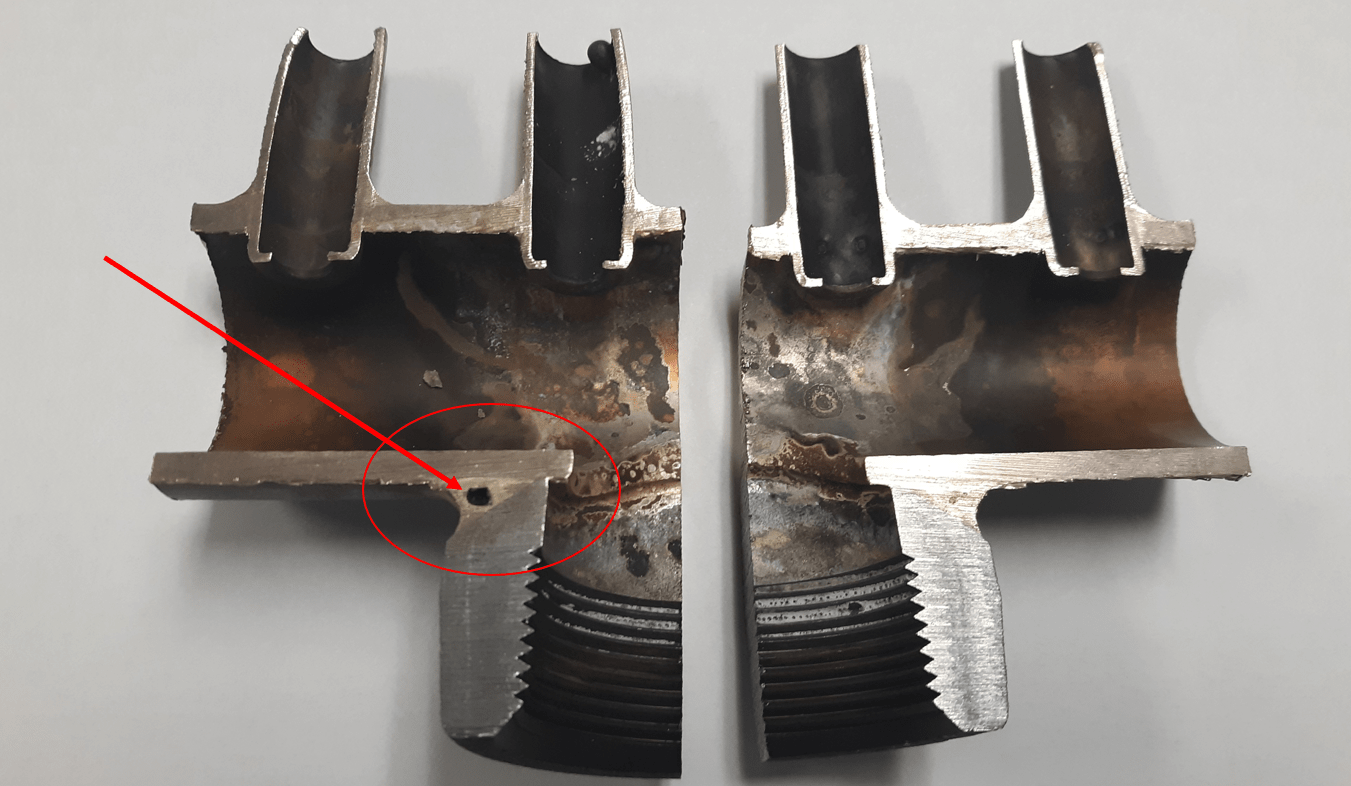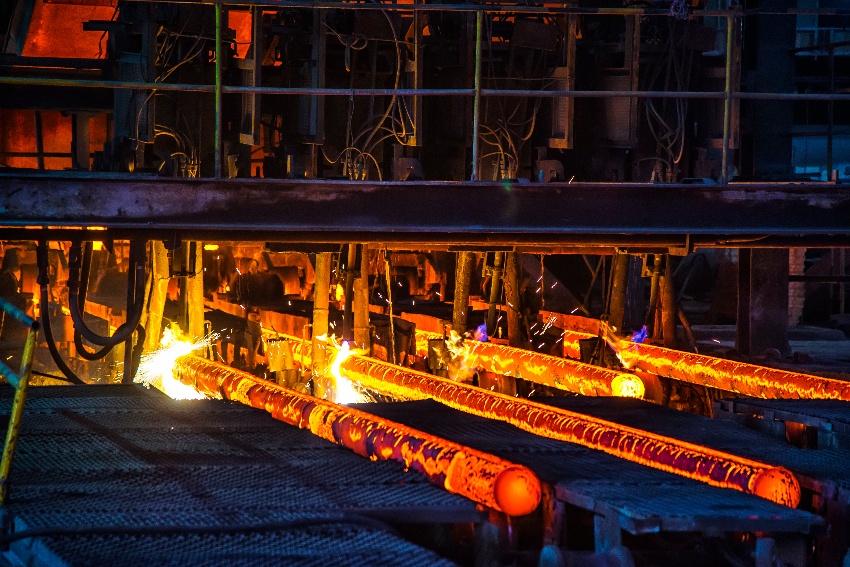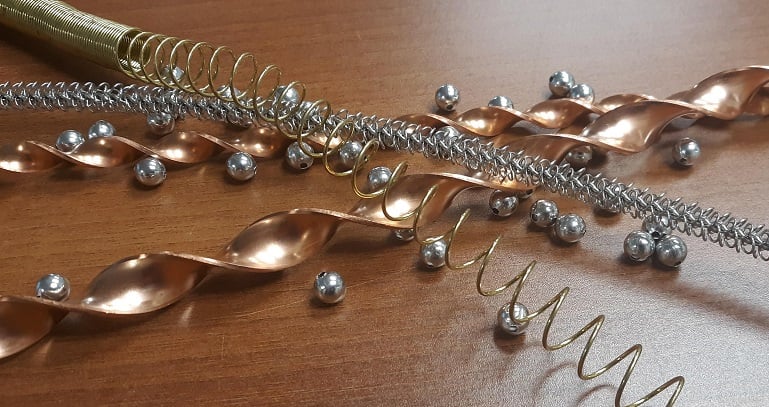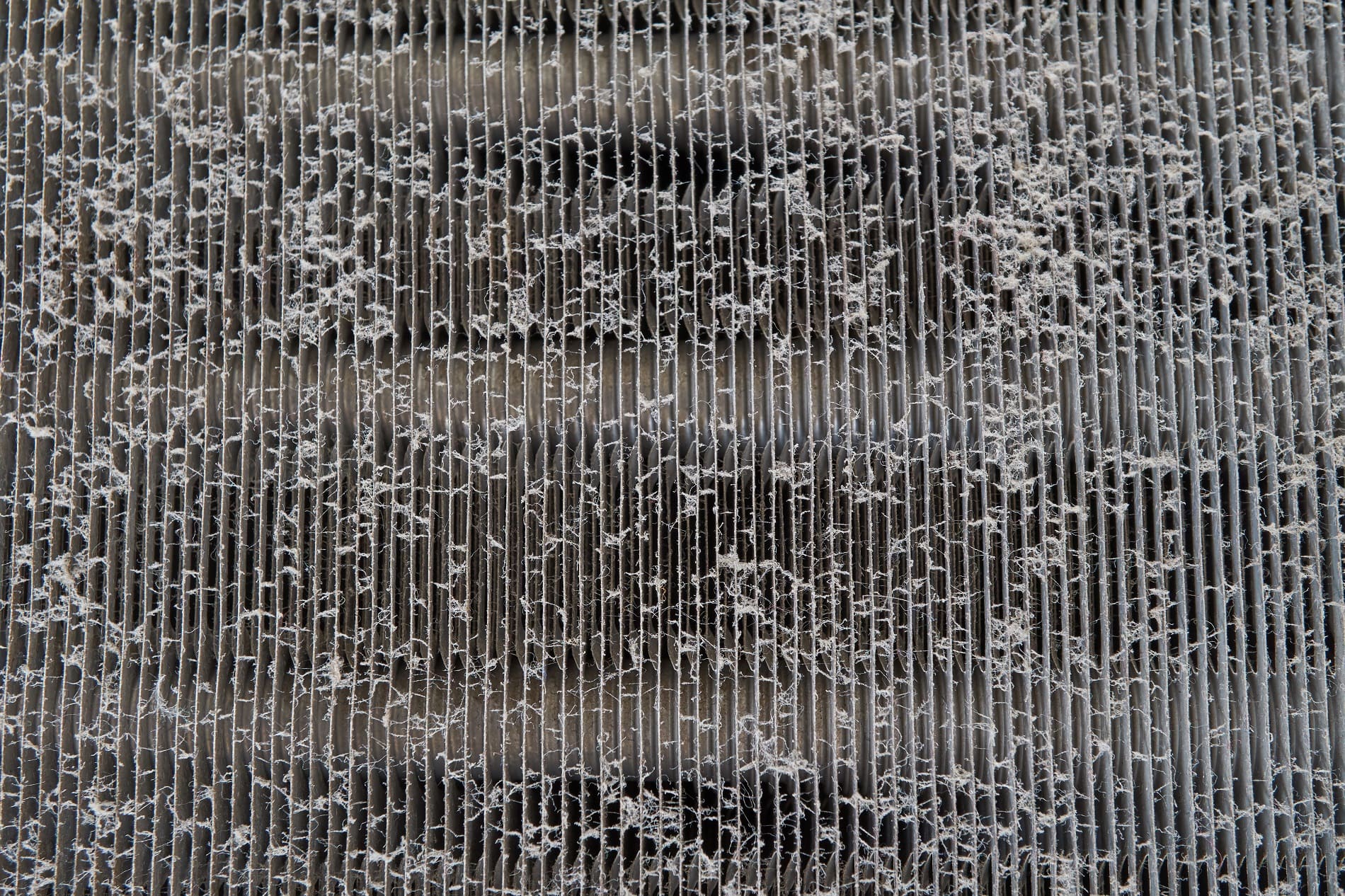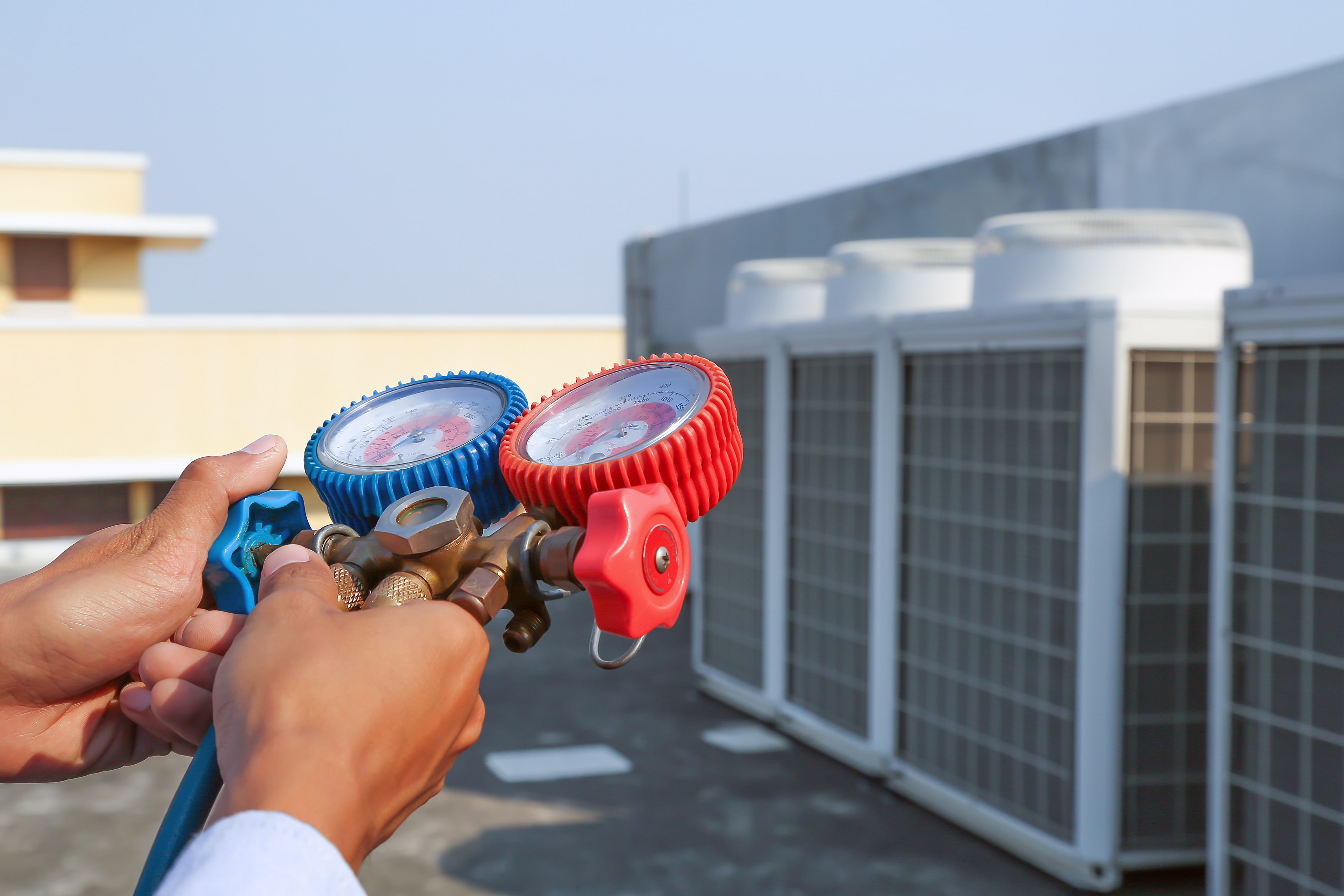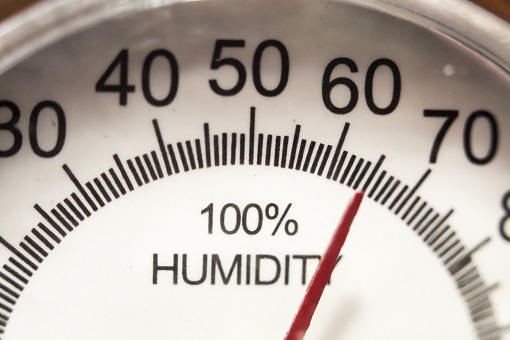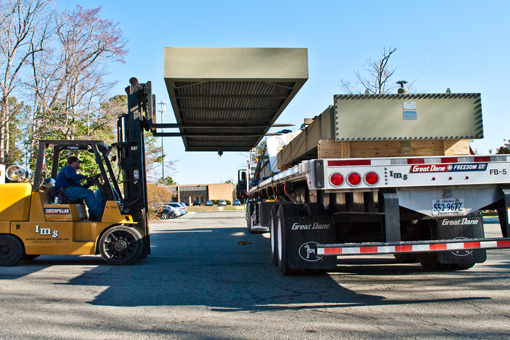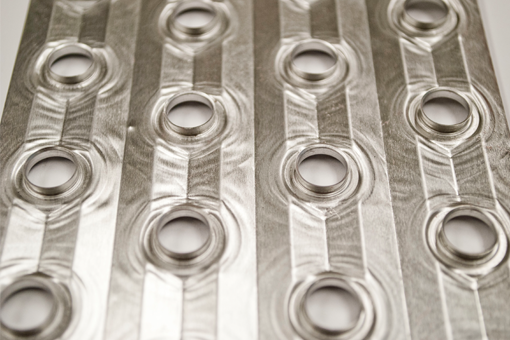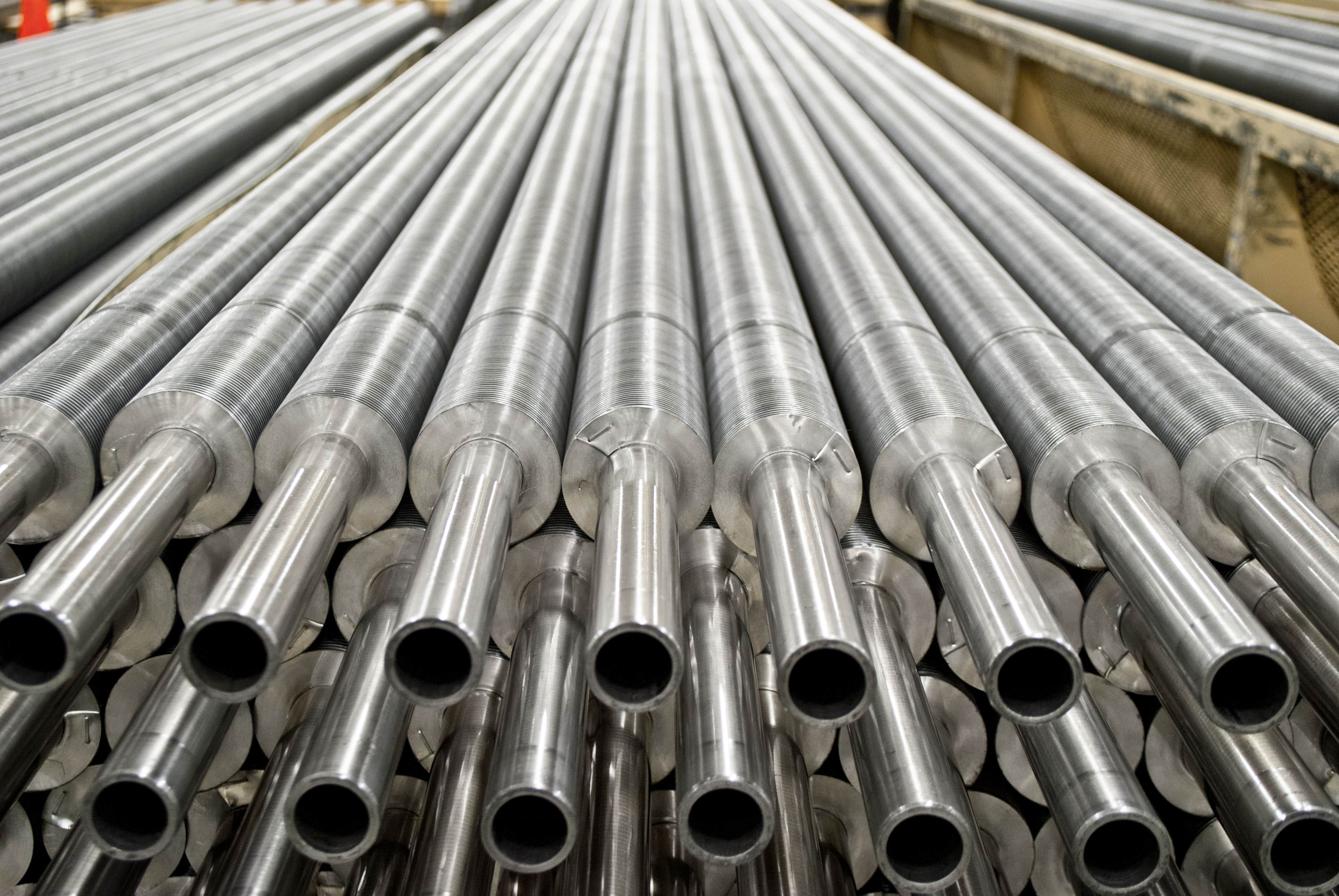There are terrific braze joints, awful braze joints, and everything in between. Today, we’ll examine one type of defect that can have devastating effects on joint integrity – flux entrapment.
Read More
Topics:
Coils,
Heat Exchangers,
Expertise,
Quality
This article has been updated. It is accurate as of 9/23/20.
Heat exchangers used for different applications need different design features. For example, in industries like pulp and paper, lower fins per inch (FPI) are often included to reduce airside fouling and to make for easier cleaning. Other applications such as the military are often concerned with weight, which impacts material selection. For this post, we're going to focus on some unique design choices we often include when building heat exchangers for the refrigerated storage of potatoes, onions, beets and other vegetables.
Read More
Topics:
Food Storage & Processing,
Coils,
Heat Exchangers,
Quality,
Reliability
In many of the industries we serve, heat exchangers made with copper tubes and aluminum fin are extremely popular, and very often, these materials are a terrific choice. But copper and aluminum aren’t suited for everything. At Super Radiator Coils, the needs of many of our customers often dictate that we explore and understand alternative materials.
Read More
Topics:
Gas Compression,
Military,
Power Generation,
Coils,
Heat Exchangers,
Nuclear Products,
Expertise,
Quality,
Engineering
In fin tube heat exchangers, the fluid (gas/water/glycol/refrigerant/etc.) circulating through the coil’s tubes is extremely important for the coil’s overall performance – it’s half the battle, along with airside heat transfer. The degree to which the fluid contacts the tube walls affects the coil’s performance and influences a system's overall efficiency – the more the fluid comes into contact with the tube wall, the better – and more economical – the heat transfer.
Read More
Topics:
Coils,
Heat Exchangers,
Efficiency,
Engineering
Fin tube heat exchangers are subject to fouling, which takes place as long as there is an airflow or waterflow in the unit. Defined as thermal resistance due to the accumulation of contaminants on heat transfer surfaces, fouling negatively affects heat exchanger efficiency, longevity, and increases system operating costs.
Read More
Topics:
Ground Support,
Computer & Electronics Cooling,
HVAC,
Coils,
Efficiency,
Turbine Inlet Air Cooling and Heating
There are dozens of commercially available refrigerant options on the market today, including numerous refrigerant blends, which aim to replicate the effectiveness of former workhorses like R22, the production of which was made illegal as of January of this year. Two popular examples of refrigerants developed in the last 30 years or so that are used in the HVAC industry are R-410A and R-407C. These two refrigerants are often used for similar applications, but they have some marked differences that should be understood and considered when deciding between them.
Read More
Topics:
HVAC,
Coils,
Efficiency,
Expertise,
Refrigerants
Systems designed to cool air, whether for HVAC, industrial facilities, or manufacturing operations all have to address it. Failure to address it can lead to botched processes, reduced production, ruined equipment or uncomfortable building occupants. It can be expressed in percentage, lb./lb., wet bulb temperature, or other metrics. The silent “it” is humidity. Put simply, humidity is a measure of the amount of water vapor in the air, and while overlooking this simple measure can be costly, it can also be readily addressed during system design.
Like what you're reading? Subscribe to our blog and never miss a post!
Read More
Topics:
Coils,
Efficiency,
Expertise,
Engineering
We serve a diverse customer base at Super Radiator, one segment of which are what’s known as original equipment manufacturers (OEMs). Though we classify them together, OEMs and their respective industries all operate differently. Some customers are recurring business – they need coils every week consistently over a given timeframe – we’ve seen this with commercial HVAC or datacenter OEMs. Other customers need us to supply coils for projects that may arise infrequently over a period of years, which describes industries like transit cooling.
Read More
Topics:
Refrigerated Display Case,
Ground Support,
Computer & Electronics Cooling,
HVAC,
Coils,
Efficiency
In plate fin heat exchangers, the fins themselves play a critical role. They provide the extended surface area needed to achieve effective heat transfer between a gas on the finside and a fluid on the tubeside.
Read More
Topics:
Gas Compression,
Refrigerated Display Case,
Food Storage & Processing,
Ground Support,
Computer & Electronics Cooling,
Power Generation,
HVAC,
Coils,
Efficiency,
Engineering
It was long thought that a spiral fin design was the only option for use in environments that demanded heavy materials, long life span, and overall sturdiness. Plate fin coils were thought to be too fragile for the rigors of many industrial applications. But over the last few decades, it's become more common to see plate fin style heat exchangers used for a bevy in industrial applications.
Read More
Topics:
Coils,
Heat Exchangers,
Reliability


